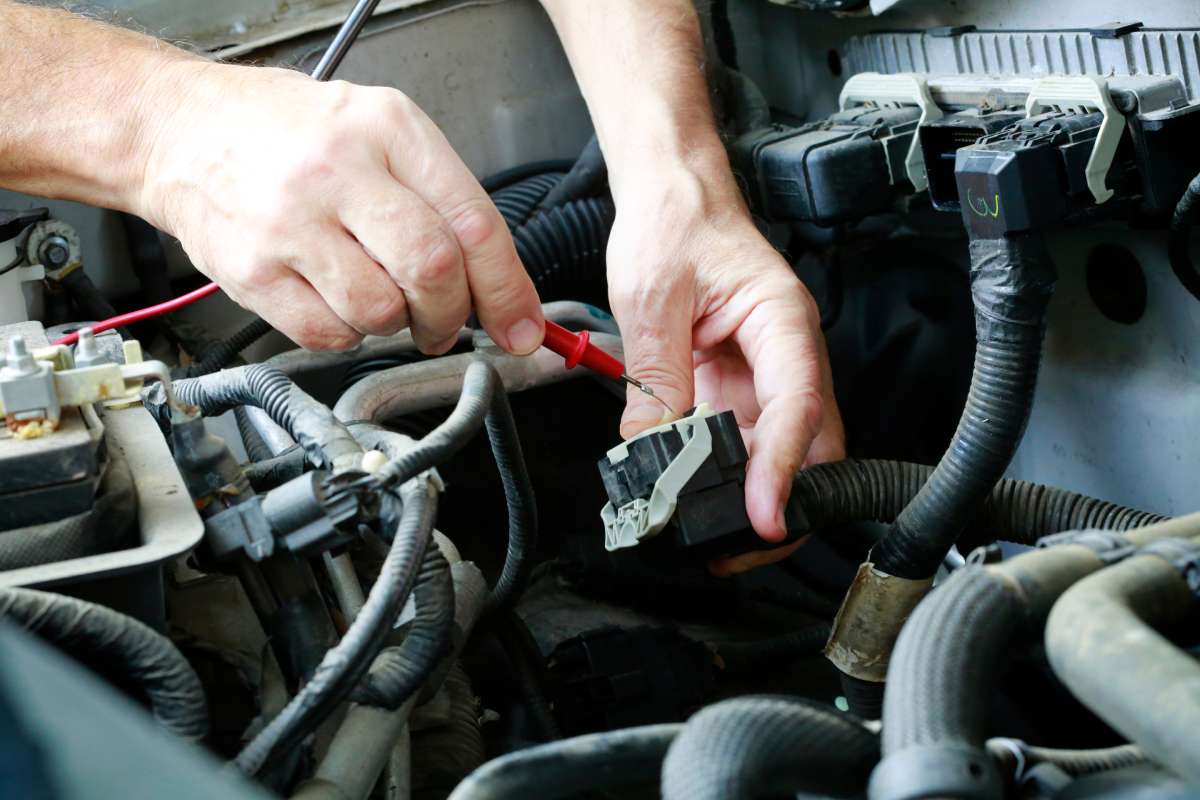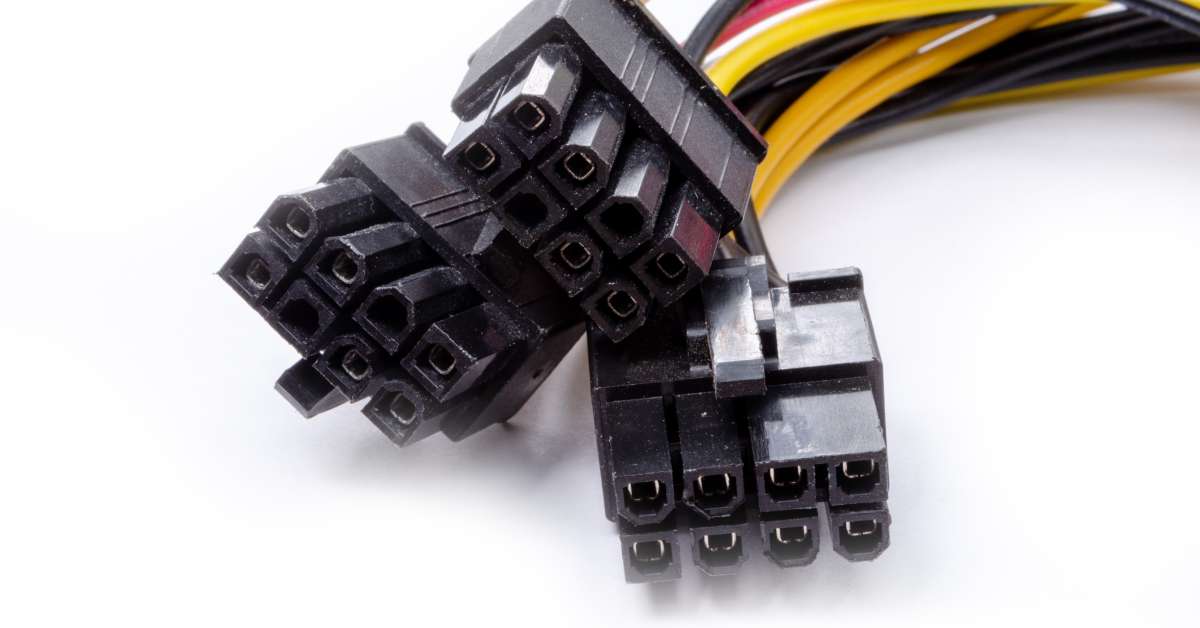The Evolution of 8-Cavity Connectors for Vehicles

When designing a vehicle’s internal systems, the smallest component can have a substantial impact. Over the years, manufacturers have worked hard to upgrade, enhance, and improve upon these designs and create connectors that withstand various conditions.
Looking at the evolution of 8-cavity connectors for vehicles helps us understand how systems can improve and where they can go in the future. Connector Experts will explain the potential of these invaluable components.
Early Days of Automotive Connectors
The early days of automotive connectors were a time of simplicity and lack of standardization. Vehicles in the early 20th century had basic electrical systems that required straightforward connectors. These connectors were large, cumbersome, and often unreliable. The automotive industry was still in its infancy, and so was the technology supporting it. Engineers had to work with what they had, which meant the connectors weren’t always up to the task.
The Rise of Standardized Connectors
As automotive technology advanced in the mid-20th century, the need for reliable and efficient electrical connections became apparent. This led to the rise of standardized connectors, which provided uniform specifications that manufacturers could follow. The introduction of standardized connectors improved compatibility across different vehicle models and manufacturers, facilitating repair and replacement processes.
With a focus on enhancing performance and safety, engineers began to design connectors that could withstand various environmental factors, such as temperature fluctuations, moisture, and vibration. This shift improved the durability of electrical systems, contributed to the reliability of vehicles, and marked a significant turning point in automotive connector design.

The Advent of Electronic Control Units
The 1980s brought significant advancements in automotive technology, including the introduction of electronic control units (ECUs). These units required reliable connectors to function.
The 8-cavity connector became even more crucial during this period, providing a stable and secure connection for ECUs. This development was a milestone in the evolution of automotive connectors, as engineers had to meet specific reliability and performance standards.
Miniaturization and Improved Materials
The 1990s and early 2000s saw a trend toward miniaturization in the automotive industry. Components needed to be smaller, lighter, and more efficient. This trend extended to connectors, so engineers began using advanced materials to improve the performance and durability of connectors. The smaller size didn’t compromise their functionality; instead, it enhanced it, allowing for more compact and efficient vehicle designs.
The Role of 8-Cavity Connectors in Modern Vehicles
As we recall the evolution of 8-cavity connectors for vehicles, it helps to look at modern systems. With the rise of advanced driver-assistance systems (ADAS), infotainment options, and electric powertrains, these connectors facilitate the efficient transfer of data and power across multiple systems.
Manufacturers create these components for durability and reliability, and the 8-cavity connectors ensure that critical components, such as sensors and actuators, maintain stable connections while withstanding various environmental conditions. Their modular design simplifies manufacturing and repairs, allowing for quicker assembly and maintenance. This is crucial in the automotive industry. where leaders strive for efficiency and innovation.
As the electronic complexity of vehicles continues to evolve, the importance of 8-cavity connectors will grow and enable the next generation of automotive technology and connectivity.
Innovations in Connector Technology
The evolution of 8-cavity connectors continues thanks to the efforts of engineers. Recent advancements include the development of connectors with enhanced sealing capabilities, improved contact materials, and better resistance to environmental factors.
Many of these innovations came from the need to withstand environmental factors—heat and vibrations—that come from engines. Engineers are continually seeking ways to improve the performance and reliability of connectors to meet the demands of modern vehicles.
The Importance of Choosing the Right Connector
Selecting the appropriate connector is crucial in automotive design and engineering, as it directly impacts the performance, reliability, and safety of a vehicle’s electrical systems. A connector should support optimal signal transmission and power delivery while enhancing the durability of connections in various conditions.
Using the wrong type or size of a connector can lead to electrical failures, increased maintenance, and even safety hazards on the road. With the growing complexity of modern vehicles, advanced electronics, and multiple interconnected systems, we can’t overstate the importance of choosing the right connector.
High-quality connectors, like the 8-cavity variety, meet the demands of today’s automotive applications, ensuring longevity and functionality despite external factors. Investing time and resources into selecting the right connectors is essential for the performance and longevity of any vehicle.

The Impact of Autonomous Vehicles
The rise of self-driving vehicles presents new challenges and opportunities for 8-cavity connectors. Autonomous vehicles rely on complex electrical and electronic systems, requiring connectors that can handle the high data and power demands.
The evolution of automotive connectors will play a crucial role in the development and deployment of autonomous vehicles. Engineers are developing connectors that can provide the necessary performance and reliability for this new technology.
The Future of 8-Cavity Connectors
As automotive technology advances, the future of 8-cavity connectors looks promising. The increasing integration of wireless technologies and the push toward electrification in vehicles will drive innovations in connector design and function. Future 8-cavity connectors will likely incorporate features that support higher bandwidths and data-heavy applications, such as real-time vehicle-to-everything (V2X) communications.
Another significant factor to consider is the advancement of materials that enable connectors to self-diagnose issues or adjust to varying environmental conditions, further enhancing their reliability and performance. Sustainability will also play a critical role since manufacturers will likely explore eco-friendly materials and processes, reducing the environmental impact of producing these essential components.
As the automotive industry continues to innovate, the demand for reliable and efficient connections is greater than ever. If you are in need of high-quality 8-pin pigtail connectors for your vehicle designs, look no further!
Our team of Connector Experts is here to provide you with the best solutions. Whether you are looking for enhanced durability, performance, or environmental resistance, we have the expertise and products to meet your needs. Don’t compromise on quality—contact us today to explore our range of connectors and elevate your automotive manufacturing process!

You must login to post comments.